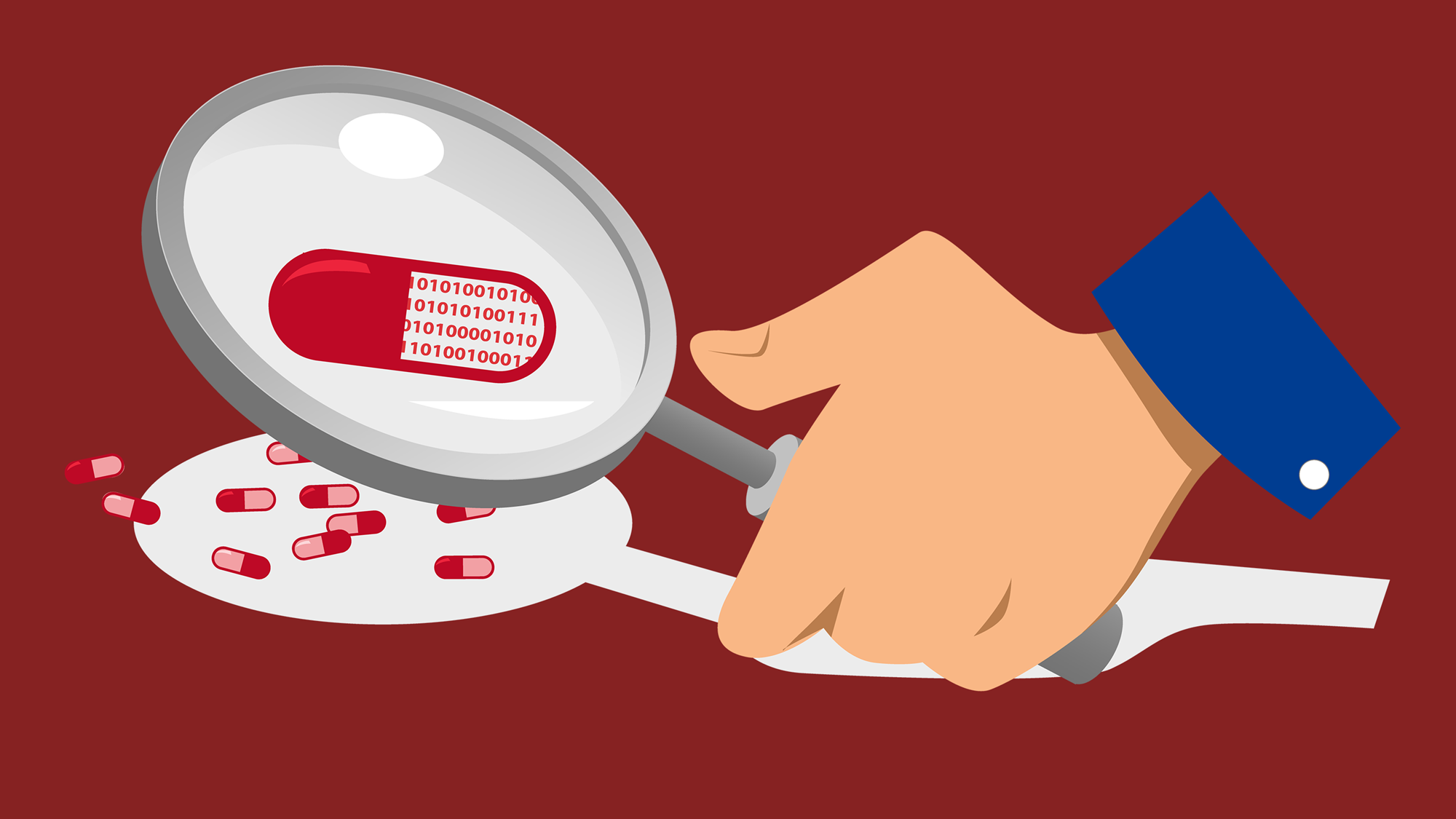Artificial Intelligence Finds Possible Cure for Antibiotic Resistant Bacteria
In 1928, Scottish physician, biologist, microbiologist and pharmacologist, Alexander Fleming discovered the healing properties of penicillin. About 10 years later, a German biochemist produced another antibiotic known as Prontosil, a sulfonamide. Finally, in 1945, penicillin became widely used as an antibiotic to treat a host of bacterial infections. Over the next few decades, a host of different antibiotics were developed and put into use. In some circles, the years from 1940 to 1962 are known as the golden era of antibiotics.
The plethora of antibiotics made a big hit on many bacterial diseases and infections, but that also led to more strains of bacterial that are resistant to those antibiotics. This is NOT evolution but a simple case of selective breeding, like that used to create the different dog and cat breeds. The truth is, a small number of each bacteria already contained the genetic material that made them resistant to the antibiotics. When most of the vulnerable bacteria were killed off by the antibiotics, that only left those who already contained the resistance and thus they became more prevalent. Many of these are what we call superbugs like the deadly MRSA (methicillin-resistant Staphylococcus aureus) and others.
It’s the same thing that happened to a population of clams in one bay. Over the years, the bay developed a high concentration of cadmium, which killed off many of the clams. However, a few clams were naturally resistant to the cadmium due to their genetic makeup. Within a couple of generations, the clam population in that bay was largely made up of cadmium resistant clams.
Consequently, researchers are always searching for new antibiotics that will work on these resistant superbugs. In their search, some researchers have turned to artificial intelligence (AI) and their efforts may have been successful, as reported:
The use of AI to discover medicine appears to be paying off. MIT scientists have revealed that their AI discovered an antibiotic compound, halicin (named after 2001’s HAL 9000), that can not only kill many forms of resistant bacteria but do so in a novel way. Where many antibiotics are slight spins on existing medicine, halicin wipes out bacteria by wrecking their ability to maintain the electrochemical gradient necessary to produce energy-storing molecules. That’s difficult for bacteria to withstand — E. coli didn’t develop any resistance in 30 days where it fought off the more conventional antibiotic cipofloxacin within three days.
The team succeeded by developing a system that can find molecular structures with desired traits (say, killing bacteria) more effectively than past systems. Unlike previous methods, the neural networks learn representations of molecules automatically, mapping them into continuous vectors that help predict their behavior. Once ready, the researchers trained their AI on 2,500 molecules that included both 1,700 established drugs and 800 natural products. When tasked with looking at a library of 6,000 compounds, the AI found that halicin would be highly effective.
While the AI discovered halicin appears to be a great new antibiotic, it has yet to be used in human trials, but researchers are looking into that soon. The question is, will there be strains of the bacteria that are naturally resistant to halicin out there, creating yet a deadlier superbug?








Recent Comments